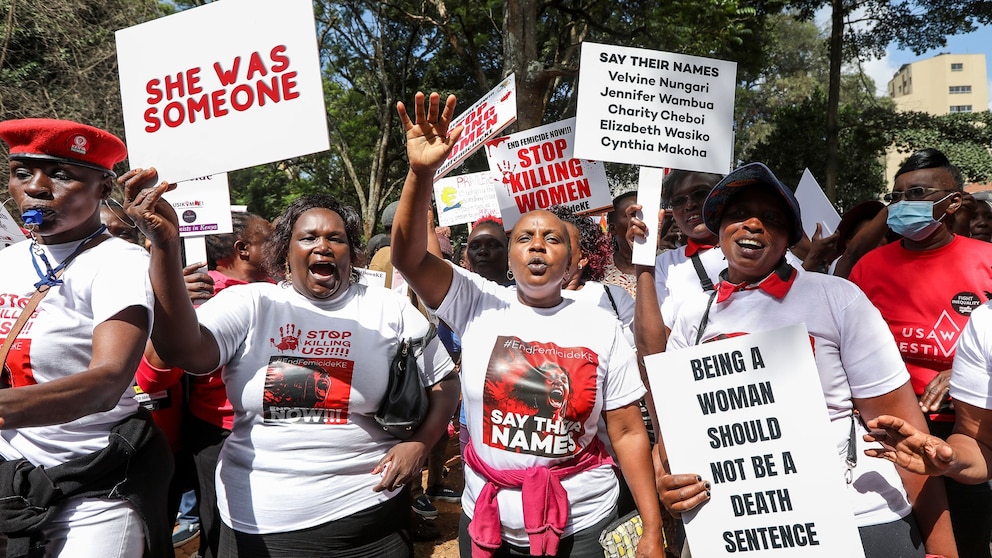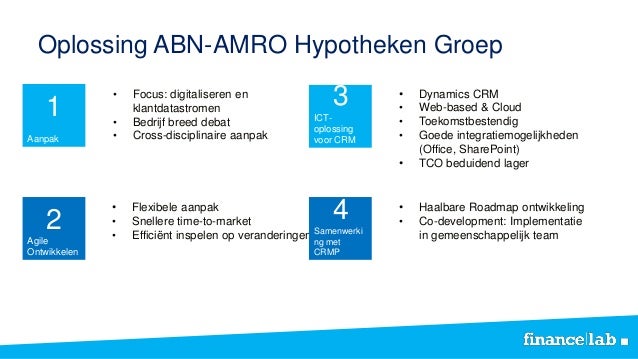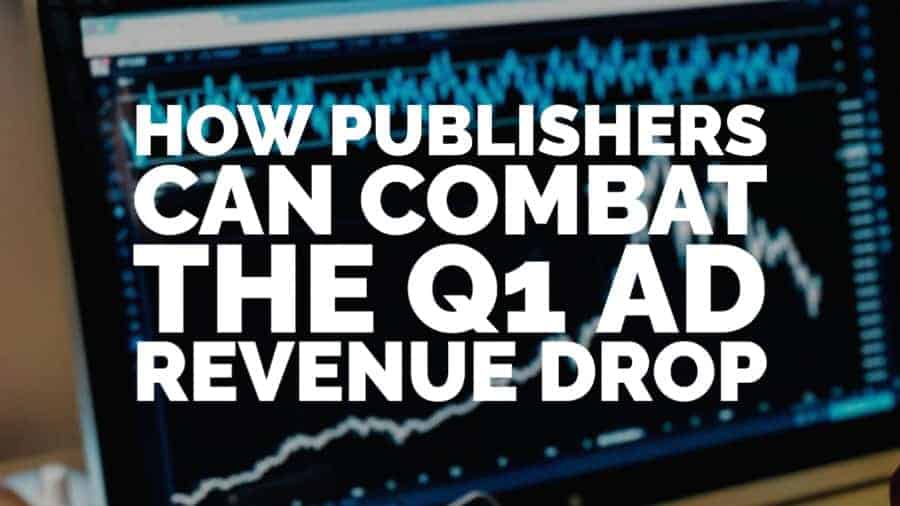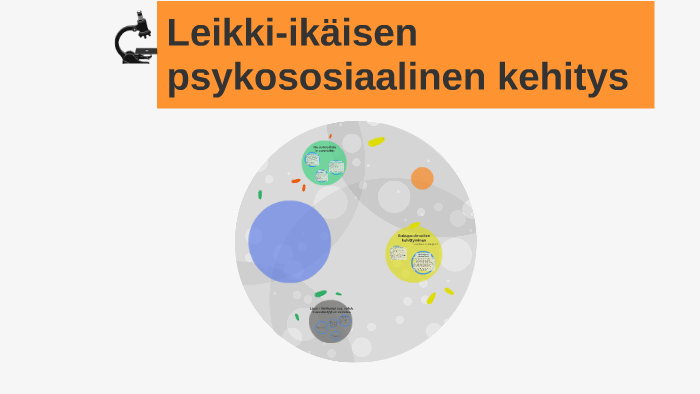The Rise Of Femicide: Causes And Consequences

Table of Contents
Underlying Causes of Femicide
Femicide is not a random act of violence; it's a manifestation of deeply ingrained societal issues and power imbalances. Understanding its root causes is vital to developing effective solutions.
Gender Inequality and Societal Norms
Deep-rooted patriarchal structures normalize violence against women. Harmful gender stereotypes, which often depict women as subordinate and less valuable than men, contribute to a climate where femicide is more likely. This devaluation of women's lives fuels a culture of impunity, where perpetrators often escape justice.
- Patriarchal norms: Many cultures prioritize male authority and control, leading to the acceptance, or even expectation, of male dominance over women.
- Gender stereotypes: The portrayal of women as submissive, weak, or solely defined by their roles as wives or mothers contributes to their vulnerability.
- Lack of legal protections: Weak laws, inadequate enforcement, and a lack of accessible legal aid systems leave women vulnerable to abuse and violence, including femicide.
- Examples: Honor killings, where women are murdered for perceived transgressions against family honor, and dowry deaths, where women are killed for insufficient dowry payments, starkly illustrate the role of societal norms in driving femicide. Intimate partner violence (IPV) which frequently escalates to murder is another devastating example.
The Role of Power Dynamics and Control
Femicide is often driven by a perpetrator's desire to control and dominate women. The act of killing becomes an ultimate assertion of power, silencing a woman's voice permanently. Rejection, separation, or attempts to escape abusive relationships can trigger violent acts, leading to femicide.
- Control and dominance: Perpetrators often seek to exert ultimate control over women, viewing them as possessions rather than independent individuals.
- Relationship dynamics: The breakdown of a relationship, especially when initiated by the woman, can be a major trigger for violence, culminating in femicide.
- Economic dependence: Women's economic dependence on male partners can trap them in abusive situations, limiting their ability to escape and increasing their risk of femicide.
- Examples: Stalking, threats, physical and emotional abuse, and other forms of controlling behavior are often precursors to femicide, demonstrating the escalating nature of violence.
The Impact of Systemic Issues
Beyond individual perpetrators, systemic issues significantly contribute to the prevalence of femicide. These failures create environments where violence against women thrives.
- Lack of access to education and economic opportunities: Empowerment through education and economic independence can significantly reduce a woman's vulnerability to violence.
- Inadequate legal frameworks and ineffective law enforcement: Weak laws, corruption, and a lack of resources within law enforcement agencies create a climate of impunity for perpetrators.
- Insufficient support services: A lack of shelters, counseling services, and other support systems for survivors of violence leaves women at greater risk.
- Examples: Weak legal systems, widespread corruption, a lack of properly trained police officers, and inadequate funding for shelters and support services contribute to the problem.
Devastating Consequences of Femicide
The consequences of femicide extend far beyond the immediate loss of life. They ripple through families, communities, and society as a whole.
Impact on Families and Communities
The loss of a woman through femicide has profound and long-lasting effects on her family and community.
- Emotional trauma: Family members experience intense grief, trauma, and a sense of loss that can have long-term mental health consequences.
- Economic hardship: The loss of a woman's income and contributions to the household can create significant financial strain on the family.
- Intergenerational trauma: Children who witness violence or lose a parent to femicide can suffer lifelong emotional and psychological damage.
- Community impact: The loss of a valued member of the community, and the climate of fear it generates, can disrupt social cohesion and safety.
Public Health Crisis
Femicide is a critical public health issue with broad societal implications.
- Public health burden: The costs associated with medical care, mental health services, and social support for victims' families are substantial.
- Societal well-being: Femicide contributes to a climate of fear and insecurity, undermining the well-being of entire communities.
- Economic costs: Direct and indirect economic costs associated with healthcare, law enforcement, and lost productivity are significant.
- Examples: The impact on mental health services, increased hospitalizations, and the significant financial burden on families and society as a whole are substantial.
Erosion of Human Rights
Femicide is a blatant violation of women's fundamental human rights.
- Violation of human rights: It represents a profound failure to protect women's right to life, liberty, and security of person.
- Undermining gender equality: Femicide reinforces gender inequality and prevents women from fully participating in society.
- Perpetuation of violence: It perpetuates cycles of violence and injustice, creating a dangerous environment for all women.
- Examples: The denial of women's basic human rights and their right to live free from violence is a core issue.
Conclusion
The rise of femicide is a stark reminder of the pervasive gender inequality and violence that plague our world. Addressing this crisis requires a multi-pronged approach, including strengthening legal frameworks, promoting gender equality education, challenging harmful societal norms through widespread awareness campaigns, and providing comprehensive support services for women at risk. We must all work together to prevent femicide and create a world where women are safe and their rights are fully respected. Let's actively combat femicide and its underlying causes to build safer and more equitable communities. Understanding the causes and consequences of femicide is the first step towards ending this devastating form of violence. Learn more about how you can get involved in the fight to end femicide and support organizations working to combat violence against women.

Featured Posts
-
 Lady And The Tramp Cubs Fans Hilarious Hot Dog Recreation
May 21, 2025
Lady And The Tramp Cubs Fans Hilarious Hot Dog Recreation
May 21, 2025 -
 D Wave Quantum Inc Qbts Stock Plunge In 2025 Reasons And Analysis
May 21, 2025
D Wave Quantum Inc Qbts Stock Plunge In 2025 Reasons And Analysis
May 21, 2025 -
 Get The Answers Nyt Mini Crossword For March 26 2025
May 21, 2025
Get The Answers Nyt Mini Crossword For March 26 2025
May 21, 2025 -
 Karin Polman Nieuwe Directeur Hypotheken Bij Abn Amro Florius En Moneyou
May 21, 2025
Karin Polman Nieuwe Directeur Hypotheken Bij Abn Amro Florius En Moneyou
May 21, 2025 -
 Prediksi Juara Liga Inggris 2024 2025 Peran Penting Sang Pelatih Untuk Liverpool
May 21, 2025
Prediksi Juara Liga Inggris 2024 2025 Peran Penting Sang Pelatih Untuk Liverpool
May 21, 2025
Latest Posts
-
 6 Revenue Drop For Fremantle In Q1 Budget Cuts Take Toll
May 21, 2025
6 Revenue Drop For Fremantle In Q1 Budget Cuts Take Toll
May 21, 2025 -
 Benjamin Kaellman Maalintekovoimaa Huuhkajien Hyoekkaeykseen
May 21, 2025
Benjamin Kaellman Maalintekovoimaa Huuhkajien Hyoekkaeykseen
May 21, 2025 -
 Endgueltige Formgebung Durch Architektin Aktuelle Bauinformationen
May 21, 2025
Endgueltige Formgebung Durch Architektin Aktuelle Bauinformationen
May 21, 2025 -
 Fremantle Q1 2024 Revenue Decline And Market Impact
May 21, 2025
Fremantle Q1 2024 Revenue Decline And Market Impact
May 21, 2025 -
 Huuhkajat Saavat Vahvistusta Benjamin Kaellmanin Kehitys
May 21, 2025
Huuhkajat Saavat Vahvistusta Benjamin Kaellmanin Kehitys
May 21, 2025
